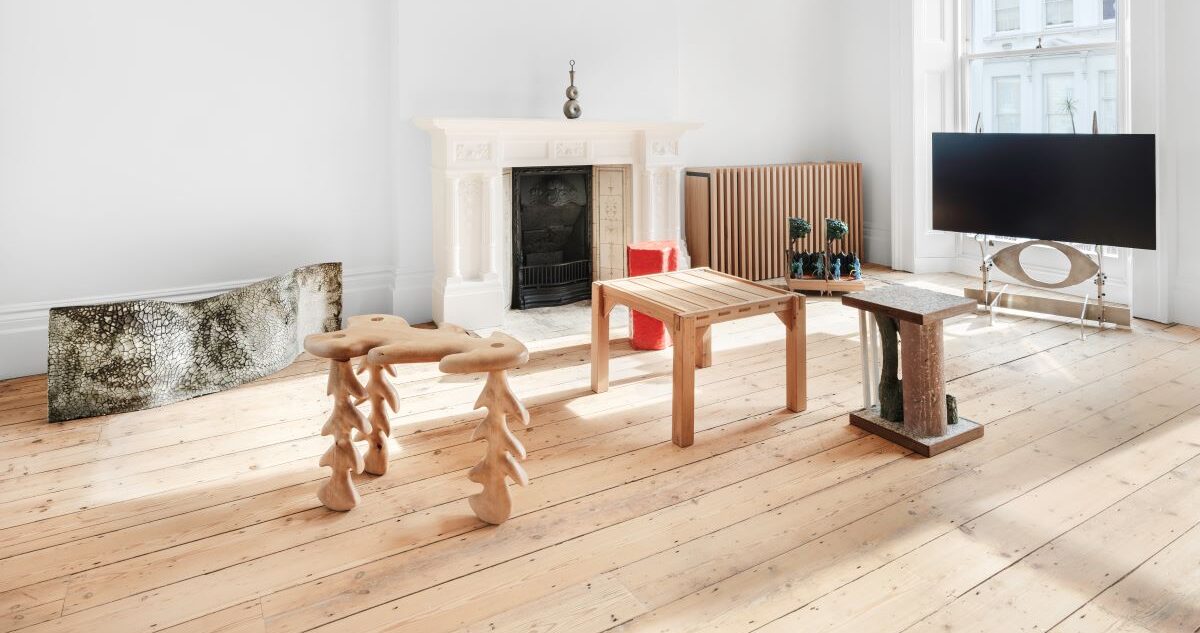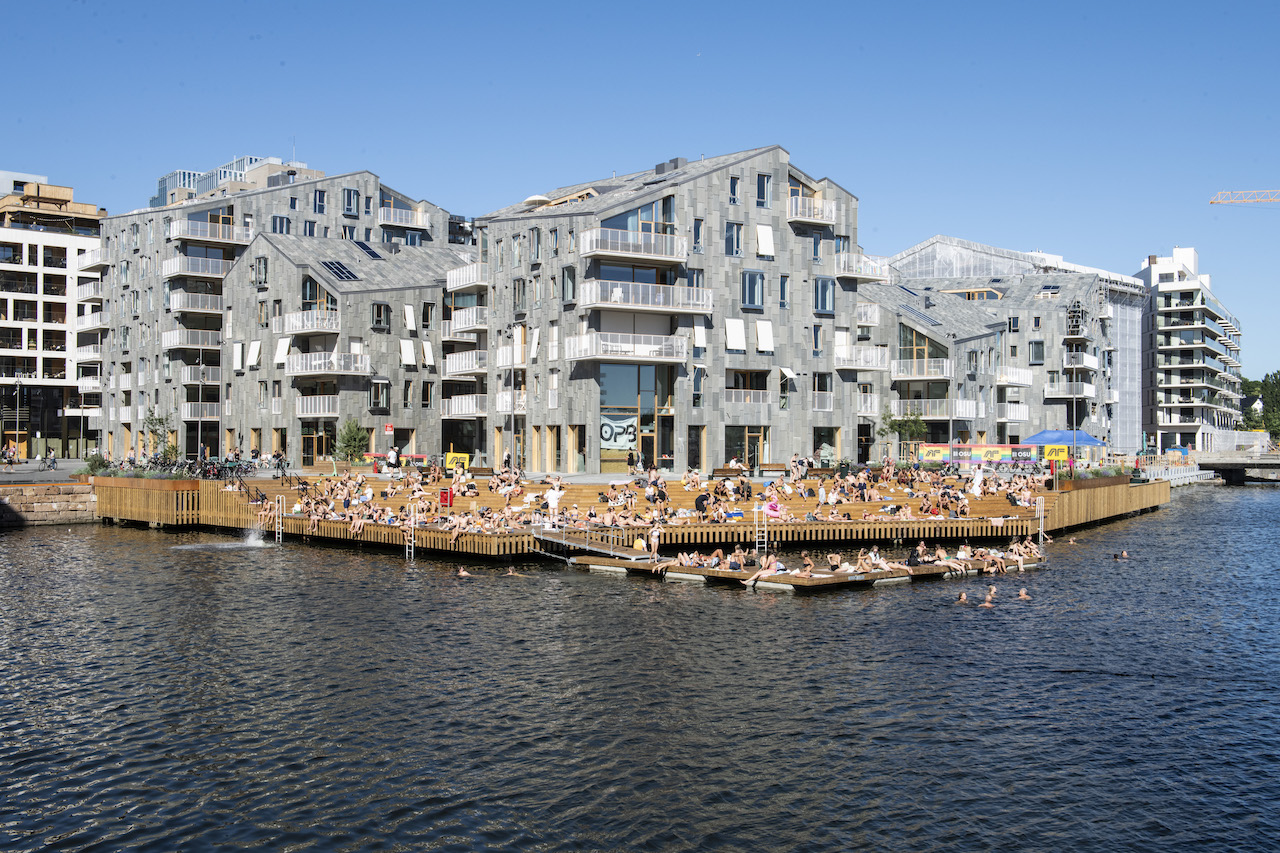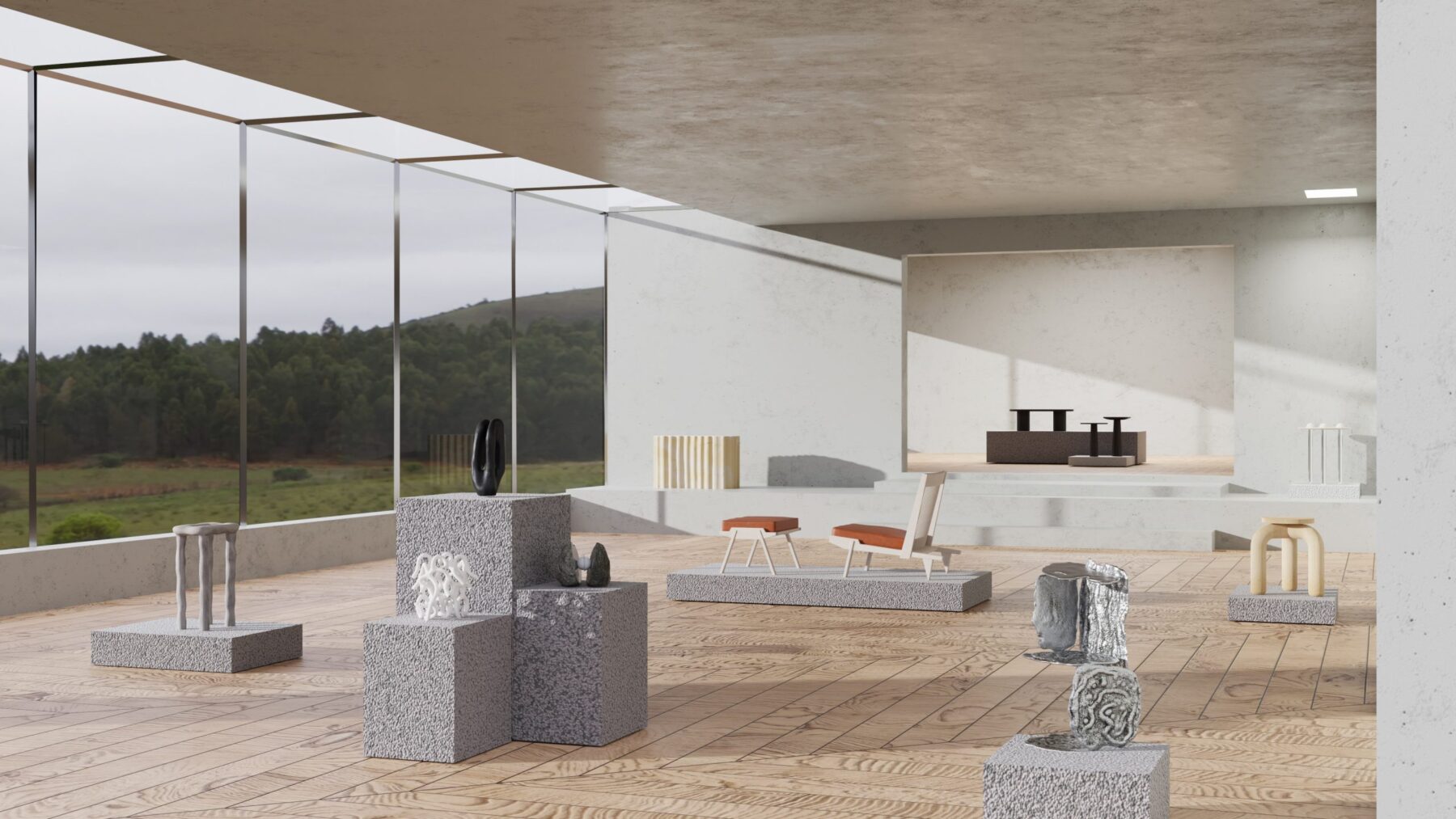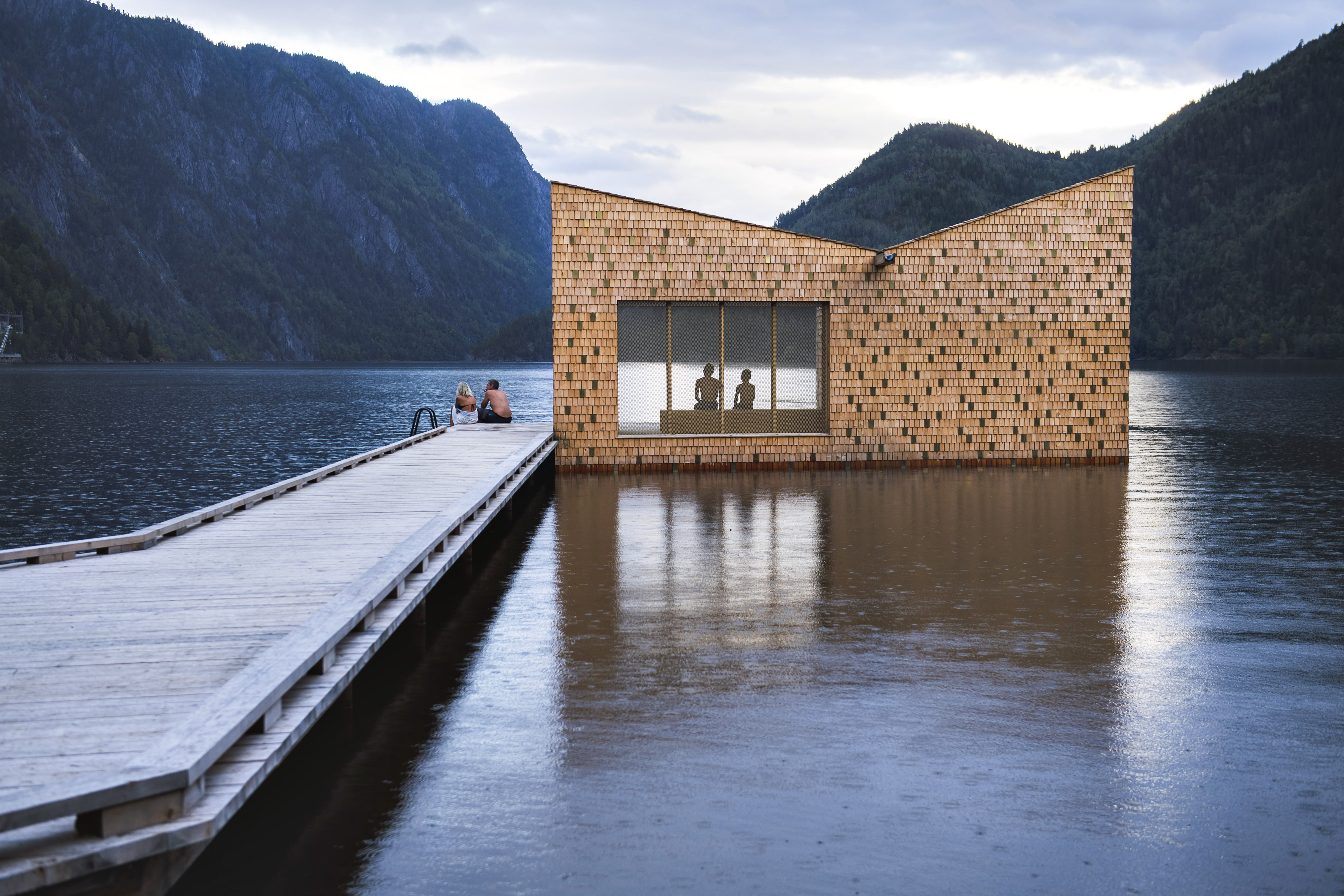At this week’s eighth annual London Craft Week, both emerging and established makers from the Nordic region will participate in a programme of special exhibitions, events, talks and workshops.
Undoubtedly, one of the highlights of the week is an ambitious exhibition of 22 Norwegian artists and designers, PYTON Place, organised and curated by Are Blytt and Richard Øiestad of Oslo-based artist colective and gallery PYTON in association with Norwegian Crafts. Spanning works from over a century, the exhibition takes the form of an apartment at Gallery 5, Cromwell Place and is an inquisitive and at times eccentric overview of the evolution of Norwegian craft.
The PYTON presentation is one of only two ‘national pavilions’ at this year’s craft week, the other being a Malaysian pavilion dedicated to its history of weaving. PYTON explains that its Norwegian space is “divided into several room typologies as a nod to the apartment it once was, using this as a catalytic idea for creating a stage for Norwegian art and design from the 20th century to the ultra-contemporary.” Visitors can expect to see examples of design, fine art and craft objects, both curated and specially commissioned for the event.
Here, we take a closer look at a few of the makers, curators and designers, from Norway and other Nordic nations, exploring themes that have long preoccupied artisans and designers from the region – representing a continuation of a legacy but also an active, thriving contemporary craft scene firmly facing the future.
Elisabeth Haarr

Installation image from PYTON Place, with Elisabeth Haarr, Labyrinten, 1973, woven tapestry made in wool (Photo: Eva Herzog)
PYTON Place will feature textile works from the 1970s by the politically-engaged, feminist artist Elisabeth Haarr, a foundational figure in Norway (with works in prestigious collections such as the new National Museum of Art, Architecture and Design) but under-appreciated abroad. A survey of her work can be found in a new bilingual book from Sternberg Press. Haarr’s pioneering methods combine age-old craft techniques, such as pre-Colombian weaving, and Scandinavian Rya rug weaving, with unconventional and everyday domestic items – you can expect to see plastic shopping bags, nylon and other disposable synthetic materials appear in her work.
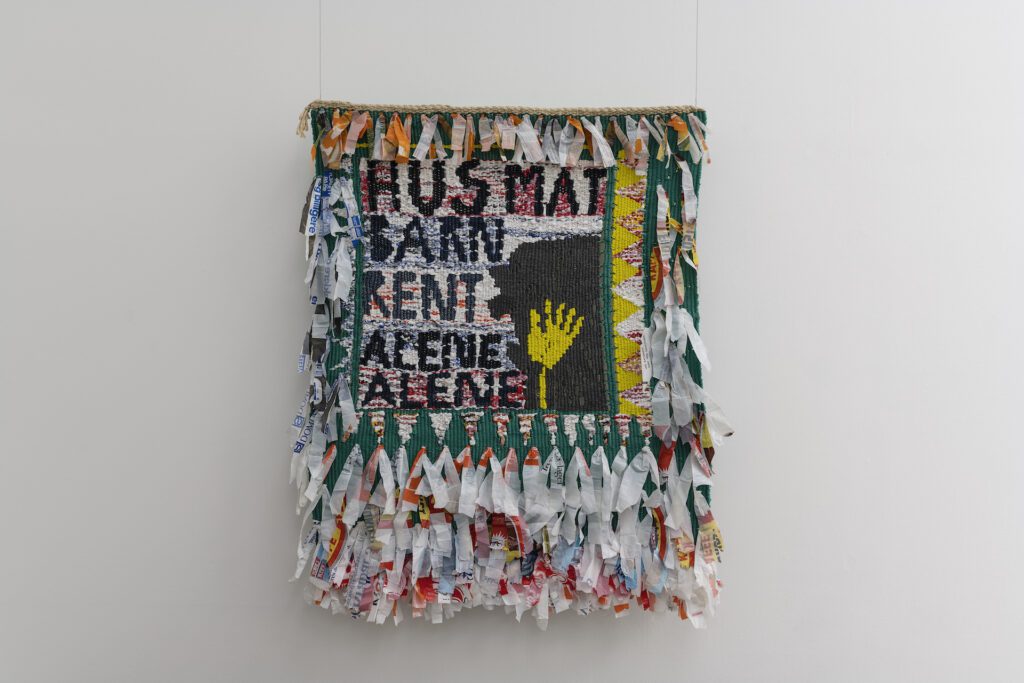
Work by Elisabeth Haarr on view at Festspillutstilling 2021 in Bergen Kunsthall (Photo: Thor Brødreskift)
Nebil Zaman
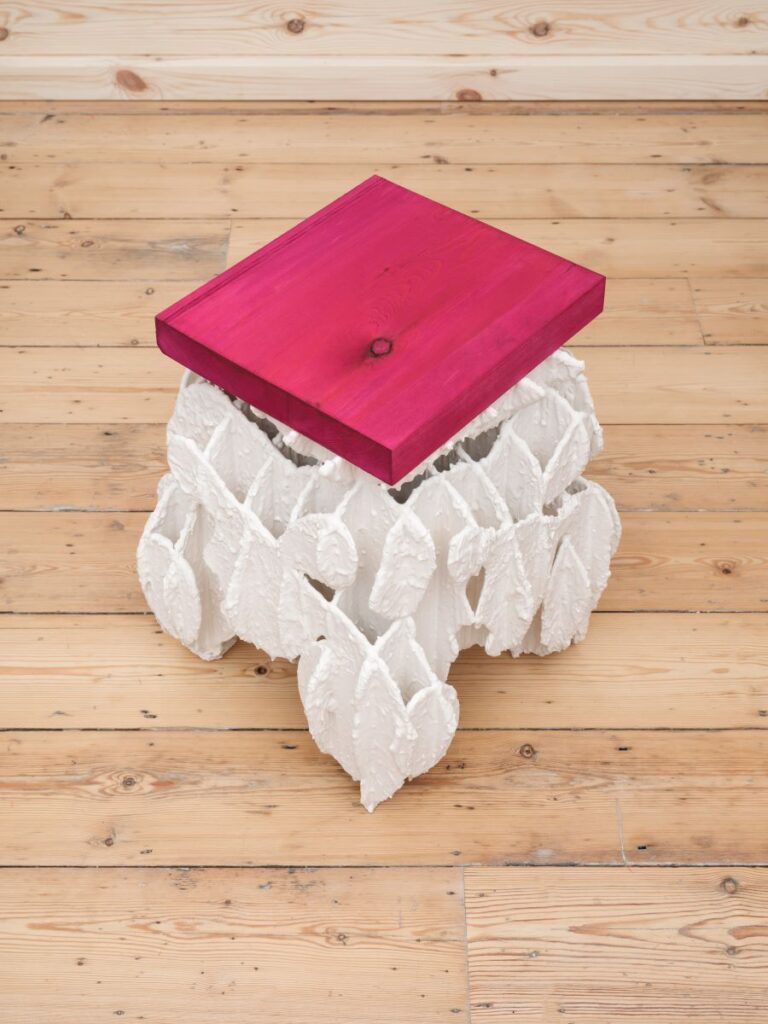
Nebil Zaman, Catheadstool.OBJ, 2022, greyboard, acrylic plaster, pine wood, paint (Photo: Eva Herzog)
Nebil Zaman’s background is in traditional woodwork and furniture design; he trained as a cabinet-maker, but following a degree in design at Oslo’s National Academy of Arts (graduating in 2019) the Kurdish-Norwegian designer’s more recent experiments explore intersections of architecture, art and technology, and the ways in which objects become blurred between dimensions in the physical and digital spaces. His process often begins digitally: sketching with Rhino 3D modelling, downloading models of objects he finds online, dissects and rebuilding these items and casting them in plaster. At PYTON Place, visitors can discover new works by this exciting emerging talent, hybrid forms in earthy, muted palettes with intriguing textures and evocative surfaces, fusing form and function.
Jinbin Chen
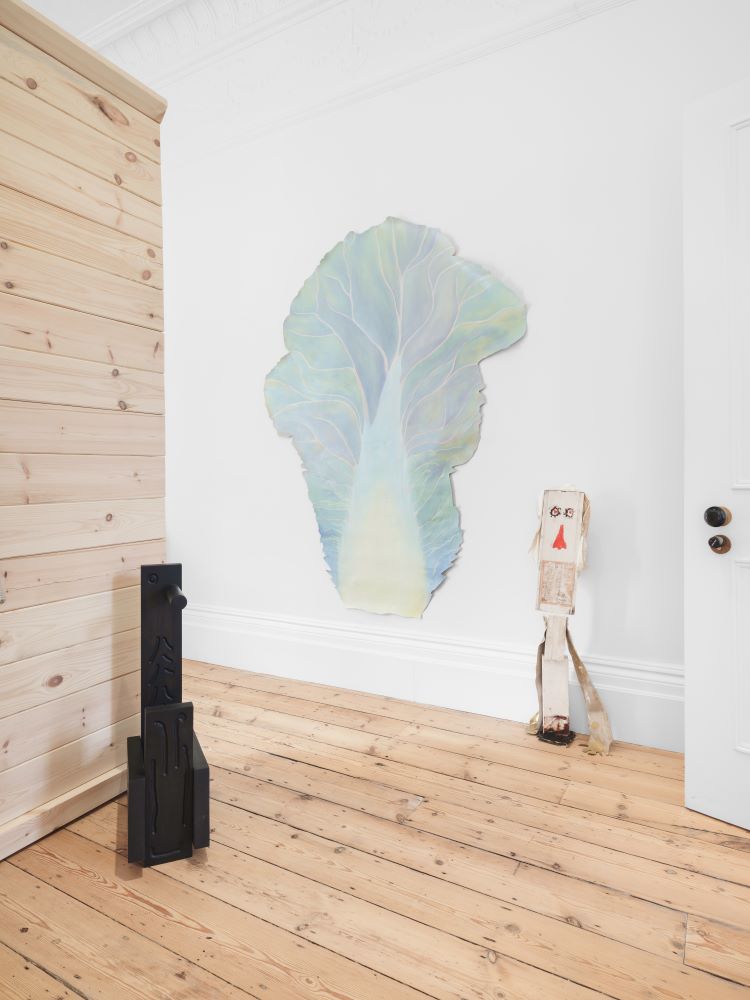
Installation image from PYTON Place, with Jinbin Chen, We Don’t Want to Treat You as a Piece of Exotic Fruit, but You Need to Work Harder, 2021, oil paint on canvas (Photo: Eva Herzog)
Among the younger exhibitors at PYTON’s space is Jinbin Chen, who graduated from Oslo’s National Academy of Arts MA programme last year. Working with both photography, installation and painting, Chen’s ethereal, pastel-hued figural works touch on profoundly personal encounters, but extend to explore ideas around gender, sexuality and bodies, masculinity and vulnerability. Chen’s inclusion in PYTON’s exhibition introduces a facet of Norway’s emerging arts scene that extends the dialogue between craft practices and fine art towards new concerns: the eroticism of display, and the ways in which seeing and consuming are intertwined in the digital age.
Edvin Helseth
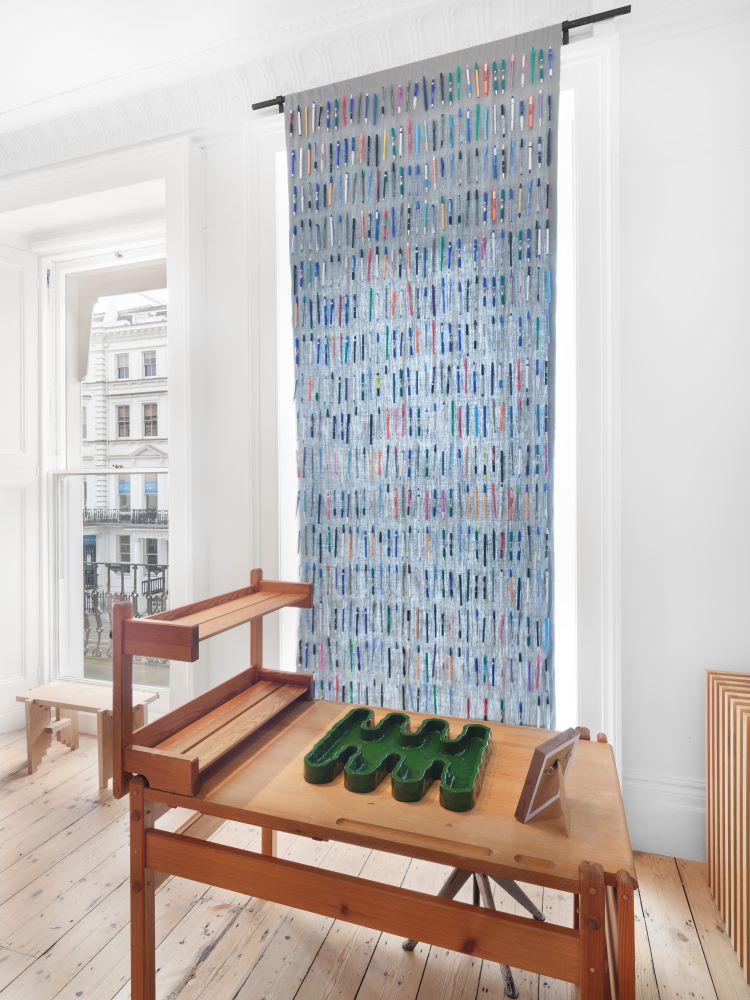
Installation image from PYTON Place, with Desk by Edvin Helseth, 1960s, pine wood, private collection Oslo (Photo: Eva Herzog)
Another overlooked figure of Nordic design celebrated by PYTON is Edvin Helseth, a visionary designer and wood-saw factory owner. In the 1960s and 1970s, Helseth sought new ways of working with local Nordic pine in design, a radical departure from the more fashionable rosewood and teak favoured by his peers. His restrained style with clean, geometric lines shares affinities with Japanese Metabolism, and his innovations included doing away with screws and glue in favour of wooden plugs and joints. At PYTON Place, tables and shelves by Helseth serve as plinths interacting with other pieces in the exhibition, while in an office space you will find one of his original desks, further showcasing PYTON’s propositions of harmonious living with Nordic design, craft and art.
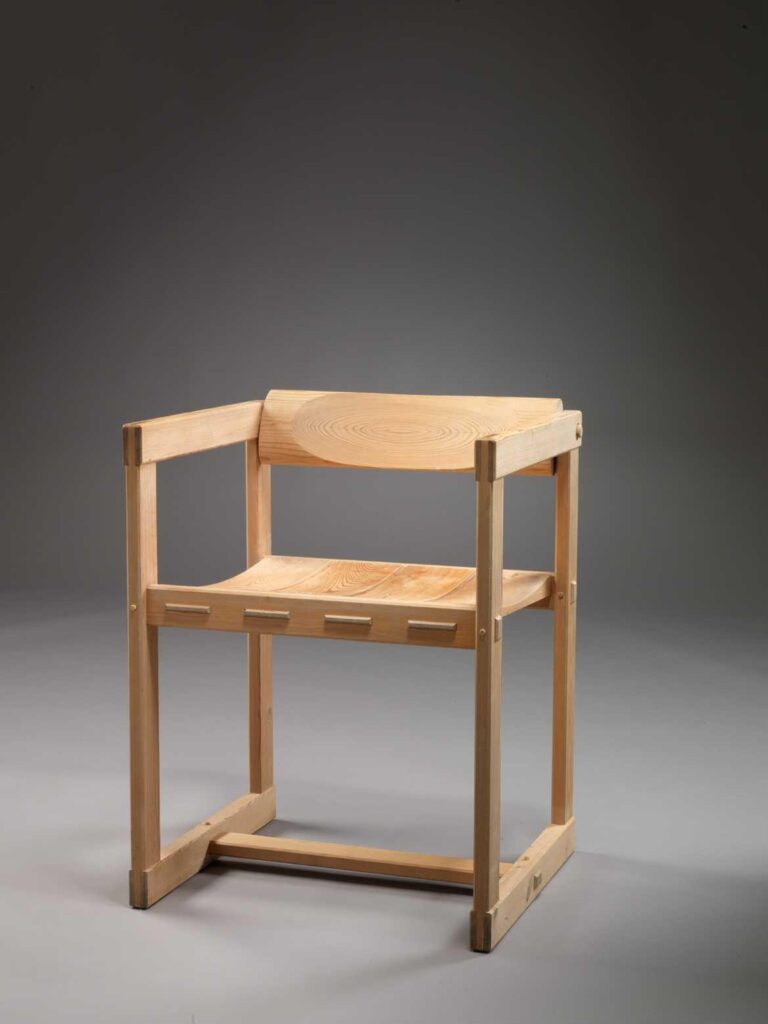
Fureka Chair by Edvin Helseth, 1965 (Photo: Norwegian National Museum)
Denmark: Marie-Louise Høstbo
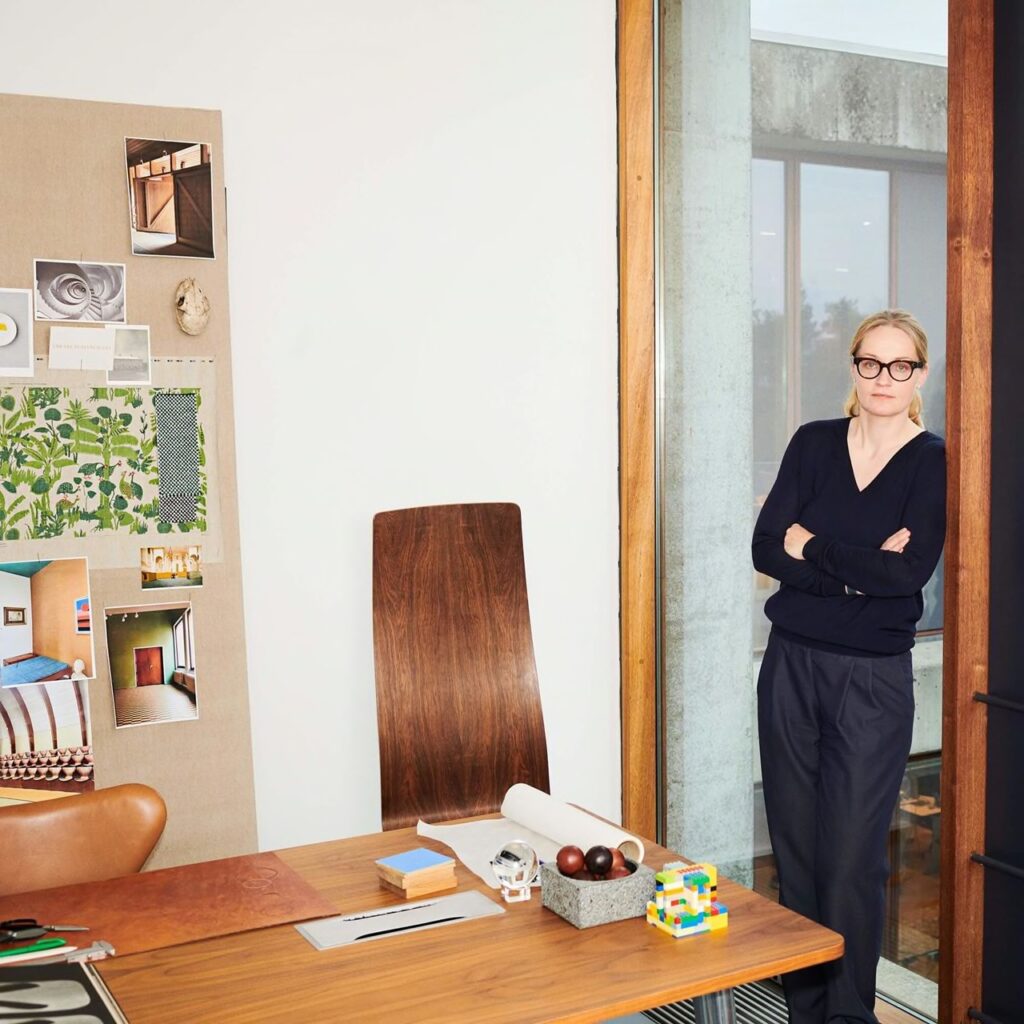
Marie-Louise Høstbo in her office at Fritz Hansen (Photo: Fritz Hansen)
During London Craft Week, fans of Modernist Scandivanivan design will be enthralled by a unique invitation to step inside the Danish Ambassador’s London Residence for a tour lead by architect and design expert Marie-Louise Høstbo. The embassy was designed by Arne Jacobsen and is filled with exquisite and exemplary Danish furniture, as well as a collection of art curated by the Danish Arts Foundation. There could be no better host for this than Høstbo, an acclaimed adviser in photography, design and architecture, and the author of Secret Places: the architect’s guide to distinctive buildings in and around Copenhagen (Strandberg Publishing, 2020). Currently, Høstbo is the Head of Design at Fritz Hansen, which has defined the Nordic design aesthetic both in the region and abroad for more than 150 years. Her insights into the fascinating history of the building, and interiors, are liable to bring it vividly to life.
Sweden: Renewcell
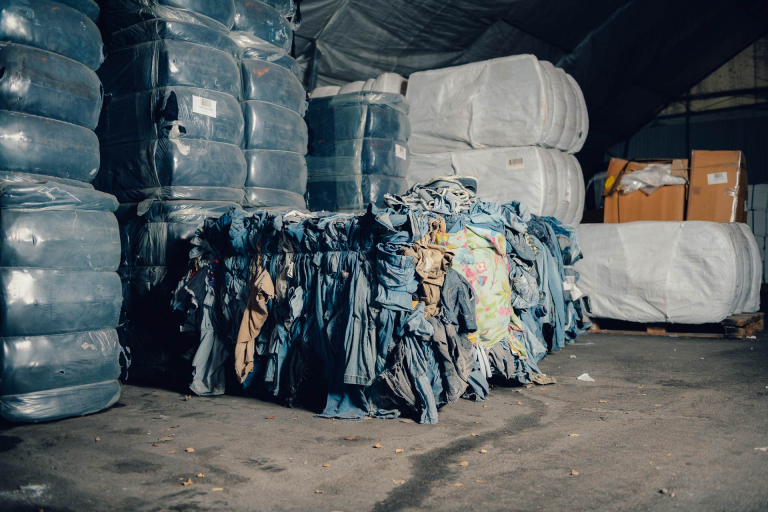
Bale of discarded jeans at Renewcell (Photo: Alexander Donka)
Craft and design occupy an increasingly crucial role in solving the problems of the future. Award-winning Swedish textile recycling company Renewcell – known for their innovative work upcycling textile waste – will unveil their new natural material, Circulose® in the UK in the form of a dazzling installation at Fabrica X. Circulose® is made from 100% waste textiles such as cotton and viscose clothing, which is transformed via a patented process into a high-quality material. Renewcell is poised to make the fast-fashion industry greener with the first industrial-scale textile pulping and recycling plant, located in Sundsvall, Sweden.
For more information visit: London Craft Week and PYTON place.
Would you like to stay in touch with Norwegian Arts and receive news of upcoming Norwegian cultural events in the UK? Sign-up for our newsletter.
Top photo: Installation image from PYTON Place (Photo: Eva Herzog)

